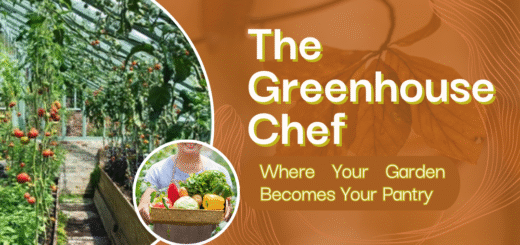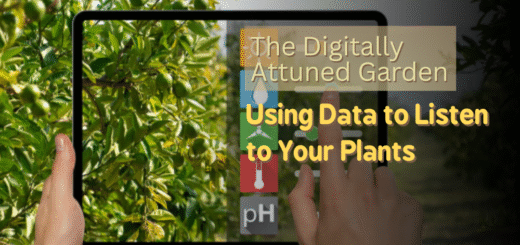Taking Stock: What Does a Win Look Like in Your Greenhouse?
We’ve all been there. You’ve poured weeks of care into your plants, but when harvest time rolls around, something feels… undefined. Was it a good season? How can you even tell? In gardening, victory isn’t always a blue ribbon at the county fair. It’s a personal measure, a blend of hard data and quiet satisfaction. Figuring out what success means to you is the first, most crucial step toward achieving it.
Moving Beyond the Obvious: More Than Just a Head Count
It’s easy to get fixated on the numbers—the total weight of your tomatoes, the number of cucumbers per vine. And while yield matters, it’s only part of the story. That bumper crop of peppers loses its shine if they’re thin-walled and lack heat. True success lies in the quality of your harvest. It’s the explosive flavor of a sun-warmed strawberry you grew from a bare-root runner, the crisp snap of a cucumber that never saw a supermarket shelf, the intoxicating fragrance of basil you’re pinching back for a evening pasta. Set personal benchmarks. Maybe this year, it’s not about how many pounds of potatoes you dig up, but about achieving the perfect, buttery texture in a variety you’ve never grown before.
Listening to the Plants: The Silent Language of Health
Your plants are talking to you all the time; you just have to learn to listen. They communicate not in words, but in posture, color, and vigor. A successful garden hums with a quiet vitality. You’ll see it in the deep, waxy green of healthy leaves, the sturdy, unyielding strength of a stem, and the confident, abundant set of flowers that promise a good fruit load. Conversely, learn to read the warning signs: the yellowing leaf that whispers of nutrient need, the slight wilt in the afternoon that suggests a thirstier root system than you thought, the stunted growth that hints at a soil pH issue. This daily dialogue is your most immediate and honest report card.
The Art and Science of Keeping Tabs
For the data-inclined, this is where the fun begins. A simple notebook can become your garden’s biography. Jot down when you sowed, when the first true leaves appeared, and when you spotted your first ripe fruit. For those who love a good spreadsheet, tracking this data can reveal powerful patterns: perhaps your zucchini consistently succumbs to powdery mildew a week after the temperatures hit a certain point, giving you a heads-up for next year.
But tech can help, too. I know gardeners who use apps to set reminders for succession planting or to snap time-stamped photos of a plant’s progress. It’s not about cold, hard numbers; it’s about creating a historical record that makes you a more intuitive gardener season after season.
The Annual Debrief: Your Year-in-Review
Once the last of the season’s crops are pulled and the greenhouse is tidied for its winter rest, give yourself the gift of reflection. Pour a cup of tea, pull out your notebook, and think back on the year. This isn’t a formal audit; it’s a story session.
What were your roaring successes? Maybe the heirloom melon that finally thrived. What were the outright failures? The carrots that never formed a taproot in that compacted corner. More importantly, why did these things happen? Was it the new compost you tried? That week you went on vacation and the irrigation timer failed? Document these lessons. They are the gold you will spend next spring.
Conclusion: The Measure of Your Harvest
In the final tally, the truest metrics of your success might not be quantifiable at all. It’s the deep sense of accomplishment that comes from holding a seed packet in one hand and a fruit you grew from it in the other. It’s the joy of handing a basket of fresh produce to a neighbor, or the simple, meditative peace of puttering among your plants after a long day.
Your greenhouse is more than a collection of plants; it’s a living journal of your patience, curiosity, and dedication. A successful season isn’t defined by a perfect harvest, but by how much you learned and how much joy you found in the process. The wins are in the doing, the learning, and the quiet moments of connection with the life you’re nurturing. That’s a yield that truly matters.


